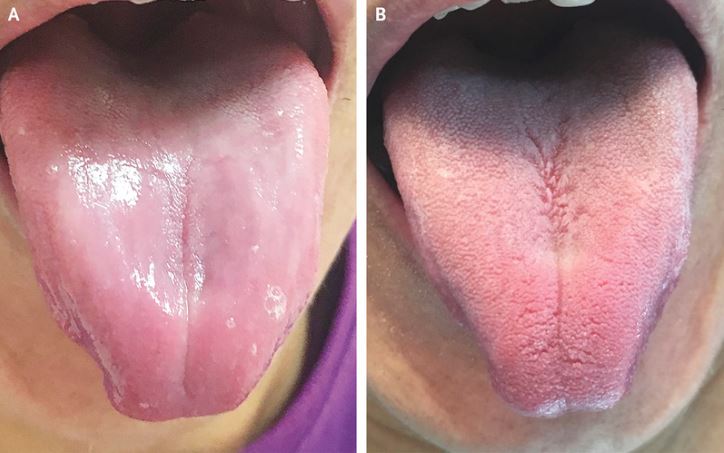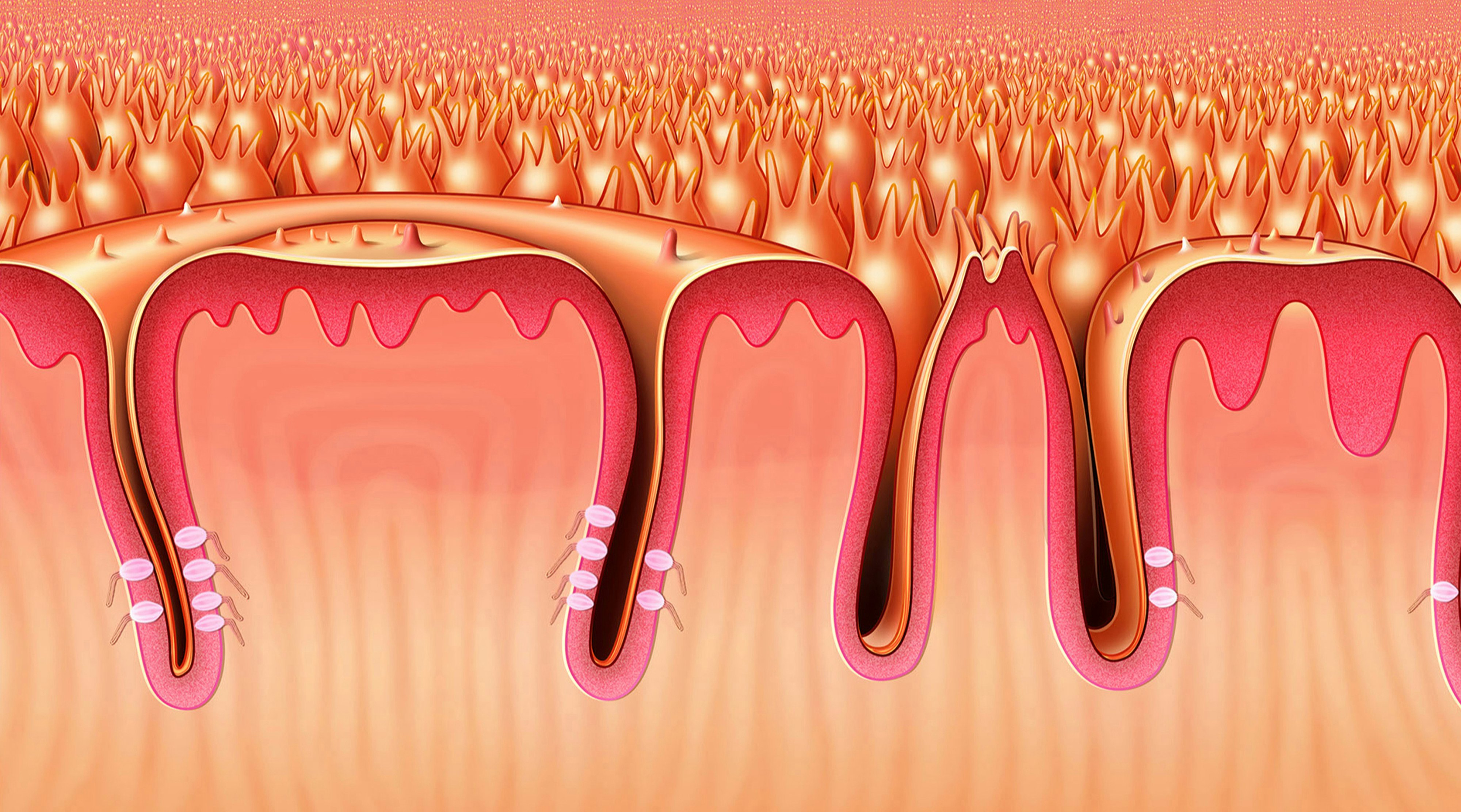

Sugar-induced cephalic-phase insulin release is mediated by a T1r2+T1r3- independent taste transduction pathway in mice. Glucagon-like peptide-1 is specifically involved in sweet taste transmission. How neural mediation of anticipatory and compensatory insulin release helps us tolerate food. Relationships between insulin release and taste. Oral glucose is the prime elicitor of preabsorptive insulin secretion. Large enhancement of canine taste responses to sugars by salts.

Taste cell-expressed α-glucosidase enzymes contribute to gustatory responses to disaccharides. Glucose transporters and ATP-gated K + (KATP) metabolic sensors are present in type 1 taste receptor 3 (T1r3)-expressing taste cells. The functional role of the T1R family of receptors in sweet taste and feeding. This study shows that knockout of the gene that encodes T1R3 results in a selective loss of taste sensitivity to artificial sweeteners but does not abolish responses to sugars and umami (but see reference 21). Detection of sweet and umami taste in the absence of taste receptor T1r3. This study involves the genetic ablation of the taste receptors T1R1, T1R2 or T1R3, and the results suggested that these receptors are necessary and sufficient for behavioural responses to sweet and umami tastes in mice (but see reference 22).ĭamak, S. The receptors for mammalian sweet and umami taste. The cysteine-rich region of T1R3 determines responses to intensely sweet proteins. Key amino acid residues involved in multi-point binding interactions between brazzein, a sweet protein, and the T1R2–T1R3 human sweet receptor. Characterization of the modes of binding between human sweet taste receptor and low-molecular-weight sweet compounds. The heterodimeric sweet taste receptor has multiple potential ligand binding sites. Different functional roles of T1R subunits in the heteromeric taste receptors. Distinct contributions of T1R2 and T1R3 taste receptor subunits to the detection of sweet stimuli. Evolution, structure, and activation mechanism of family 3/C G-protein-coupled receptors. This study shows that the heterologous expression of taste GPCRs T1R1 and T1R3 confers sensitivity to many amino acids, including glutamate.

This study shows that the heterologous expression of T1R2 and T1R3 confers sensitivity to sugars and synthetic sweeteners. Identification of a novel member of the T1R family of putative taste receptors. A candidate taste receptor gene near a sweet taste locus.

Tas1r3, encoding a new candidate taste receptor, is allelic to the sweet responsiveness locus Sac. Putative mammalian taste receptors: a class of taste-specific GPCRs with distinct topographic selectivity. The cells and peripheral representation of sodium taste in mice. This patch-clamp study shows that cytoplasmic acidification excites sour-sensing taste bud cells by blocking the inwardly rectifying K + channel KIR2.1.Ĭhandrashekar, J. The K + channel KIR2.1 functions in tandem with proton influx to mediate sour taste transduction. Presynaptic (type III) cells in mouse taste buds sense sour (acid) taste. The cells and logic for mammalian sour taste detection. This study uses Ca 2+ imaging and single-cell reverse transcription PCR to show that cells with taste GPCRs (T1Rs and T2Rs) and their downstream effectors are distinct from taste cells that express proteins for vesicular neurotransmitter release. Separate populations of receptor cells and presynaptic cells in mouse taste buds. Morphologic characterization of rat taste receptor cells that express components of the phospholipase C signaling pathway. Mice lacking the genes that encode these signalling proteins are shown to lose taste sensitivity for sweet, bitter and umami.Ĭlapp, T. This study demonstrates that sweet-taste and bitter-taste receptors signal via a common pathway that includes PLCβ2 and TRPM5. Coding of sweet, bitter, and umami tastes: different receptor cells sharing similar signaling pathways.


 0 kommentar(er)
0 kommentar(er)
